Intra-oral and panoramic images are not 3-D and clinicians can obtain only vague measurements from them owing to magnification changes due to positioning. In addition, they are not efficient for viewing certain pathologies. In response to these limitations, CBCT 3-D imaging technologies were developed.
CBCT 3-D captures a volume of data and, through a reconstruction process, it delivers images that do not contain magnification, distortion and/or overlapping anatomy.
In recent years, CBCT 3-D has begun to make significant inroads into every discipline in our dental profession, expanding the horizons of clinical dental practice by adding a third dimension to cranio-facial treatment planning. CBCT uses advanced 3-D technology to provide the most complete anatomical information on a patient’s mouth, face and jaws areas, leading to enhanced treatment planning and predictable treatment outcomes.
Essentially, this represents a paradigm shift, where measurements and anatomical relationships are precise and provide practitioners with a clear understanding of their patients’ anatomical relationships. According to dental practitioners using this technology, it helps them perform treatment more efficiently.
embedImagecenter("Imagecenter_1_755",755, "large");
Regarding oral implantology, it is estimated that growth in implant-based dental reconstruction products will outstrip all other areas of dentistry, according to Kalorama Information.1 The traditional method of replacing a tooth with a dental bridge has been shown to be problematic, and more permanent solutions are urgently needed.
With a rapidly ageing population in the developed world and the resulting enormous need for dental restoration, a large number of companies have seen the opportunity to adopt these sophisticated dental techniques. And indeed, as some have predicted, the growth in dental implant-based procedures has increased considerably in recent years. As a result, there has been a rapid increase in the number of practitioners involved in implant placement, including specialists and generalists, with different levels of expertise. At the same time, a number of unusual complications associated with these procedures have arisen.
A literature and web search revealed several published reports of such complications, which include implant fractures (Fig. 1), impingement on adjacent teeth (Fig. 2), perforation of the lingual undercut (Fig. 3), sinus perforations (Fig. 4) and implants displaced into the maxillary sinus (Fig. 5). The clinical management associated with some of these complications is difficult at times and considered very invasive. Therefore, while the quantitative relationship between successful outcomes in dental implant treatment and CBCT-based dental imaging is unknown and awaits discovery through large prospective clinical trials, I strongly believe that using CBCT- and 3-D-based dental imaging is becoming a reliable procedure from a precautionary standpoint based on a series of recent preliminary clinical studies and case reports.
I also strongly believe that by taking 3-D CBCT images prior to placing dental implants, many of the above-mentioned complications can be circumvented .
Editorial note: Dr Almog’s presentation, Introduction to CBCT, especially as it pertains to prevention of failures in oral implantology, at the Dental Tribune Study Club Symposia at Greater New York Dental Meeting 2010 is still available online at www.DTStudyClub.com.
This article was published in CAD/CAM international magazine of digital dentistry, No. 4/2012.
BUENOS AIRES, Argentina: Sunstar proudly announces the launch of Oral Cancer: Prevention and Patient Management, an FDI World Dental Federation chairside ...
On 17 October, the DT Study Club will host the Implants Symposium, a free-of-charge online event dedicated to the latest developments in oral implantology. ...
BRISBANE, Australia: In light of the ageing population, dentists need to be aware of the risks posed by retained dentition and exposed root surfaces in ...
COPENHAGEN, Denmark: During EuroPerio10, attendees enjoyed opportunities not only to immerse themselves in a comprehensive scientific programme but also to ...
The population is ageing rapidly because of the prolonged life expectancy evident in most industrialised countries in the world. Accordingly, the number of ...
ROME, Italy: The 2023 Oral Reconstruction (OR) Global Symposium, themed “Quo Vadis Implant Dentistry?”, will be held from 18 to 20 May at the Auditorium...
BILBAO, Spain: While the systemic health implications of neuropsychiatric disorders are well recognised, their connection to poor oral health—in ...
BRUSSELS, Belgium: The European Federation of Periodontology (EFP) has announced a new guideline aimed at helping oral health professionals around the world...
The ongoing pandemic has had a great impact on many fields in dentistry, including routine procedures and the way in which dental education is delivered. In...
COLOGNE, Germany: MegaGen, a global leader in dental implant innovation, continues to set new standards in implantology. MegaGen’s approach goes beyond ...
Live webinar
Mon. 12 January 2026
9:00 am EST (New York)
Prof. Judith Jones D.D.S; M.P.H., Prof. Kakuhiro Fukai D.D.S., Ph.D, Dr. Bathsheba (Bethy) Turton
Live webinar
Wed. 14 January 2026
12:00 pm EST (New York)
Dr. Théo Laplane, Dr. Robert Gottlander DDS
Live webinar
Fri. 16 January 2026
12:00 pm EST (New York)
Live webinar
Mon. 19 January 2026
1:00 pm EST (New York)
Philipp Kopp, Michael Seeber
Live webinar
Thu. 22 January 2026
2:00 pm EST (New York)
Dr. Nicola M. Grande DDS, PhD
Live webinar
Wed. 28 January 2026
8:00 am EST (New York)
Live webinar
Wed. 28 January 2026
11:00 am EST (New York)
Prof. Dr. Jan-Frederik Güth



 Austria / Österreich
Austria / Österreich
 Bosnia and Herzegovina / Босна и Херцеговина
Bosnia and Herzegovina / Босна и Херцеговина
 Bulgaria / България
Bulgaria / България
 Croatia / Hrvatska
Croatia / Hrvatska
 Czech Republic & Slovakia / Česká republika & Slovensko
Czech Republic & Slovakia / Česká republika & Slovensko
 France / France
France / France
 Germany / Deutschland
Germany / Deutschland
 Greece / ΕΛΛΑΔΑ
Greece / ΕΛΛΑΔΑ
 Hungary / Hungary
Hungary / Hungary
 Italy / Italia
Italy / Italia
 Netherlands / Nederland
Netherlands / Nederland
 Nordic / Nordic
Nordic / Nordic
 Poland / Polska
Poland / Polska
 Portugal / Portugal
Portugal / Portugal
 Romania & Moldova / România & Moldova
Romania & Moldova / România & Moldova
 Slovenia / Slovenija
Slovenia / Slovenija
 Serbia & Montenegro / Србија и Црна Гора
Serbia & Montenegro / Србија и Црна Гора
 Spain / España
Spain / España
 Switzerland / Schweiz
Switzerland / Schweiz
 Turkey / Türkiye
Turkey / Türkiye
 UK & Ireland / UK & Ireland
UK & Ireland / UK & Ireland
 Brazil / Brasil
Brazil / Brasil
 Canada / Canada
Canada / Canada
 Latin America / Latinoamérica
Latin America / Latinoamérica
 USA / USA
USA / USA
 China / 中国
China / 中国
 India / भारत गणराज्य
India / भारत गणराज्य
 Pakistan / Pākistān
Pakistan / Pākistān
 Vietnam / Việt Nam
Vietnam / Việt Nam
 ASEAN / ASEAN
ASEAN / ASEAN
 Israel / מְדִינַת יִשְׂרָאֵל
Israel / מְדִינַת יִשְׂרָאֵל
 Algeria, Morocco & Tunisia / الجزائر والمغرب وتونس
Algeria, Morocco & Tunisia / الجزائر والمغرب وتونس
 Middle East / Middle East
Middle East / Middle East
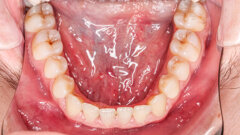























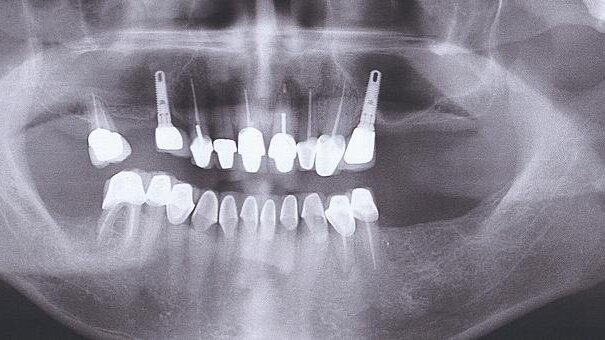



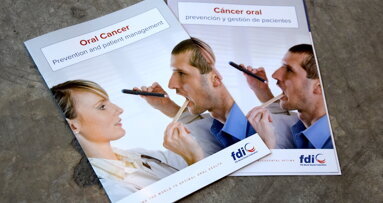
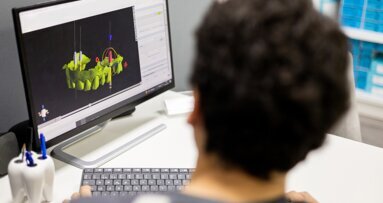
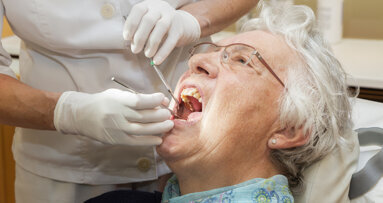
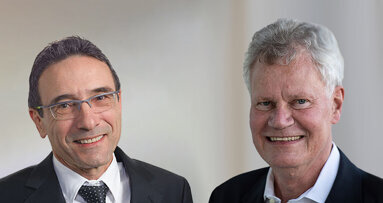
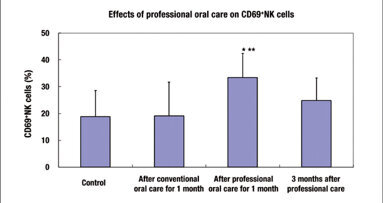


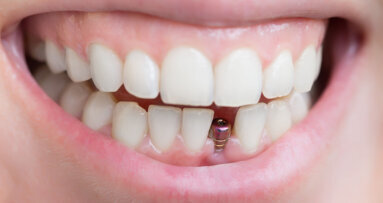












To post a reply please login or register